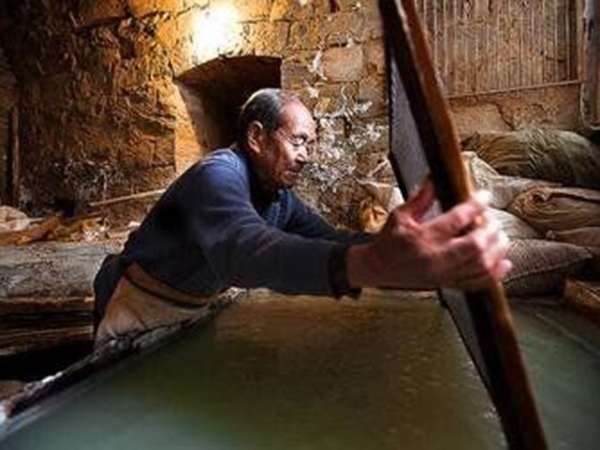Enquiry telephone
400-680-8962Qingzhou Jinhao new material Co., LTD
Add:No.19, Jingting Street, Caterpillar Industrial Park, Qingzhou City, Shandong Province,China
contact us 2018-1-28
2018-1-28
Rotting pulp is the result of the growth of bacteria and mold. The carbohydrates in the pulp, a small amount of protein, hydrolyzed sugars, etc., are nutrient sources of microorganisms, especially wood pulp, because the wood contains about 5% of low molecular sugars, are deeply decomposed in the white water after grinding wood, more conducive to the reproduction of bacteria. Generally in the white water contains bacteria, in the warm season, they can be in the dead corner of the slurry storage tank, pipe elbow, open slurry screen, white water tray, flow box, white puddle, water seal tank and other open container walls, as well as in the open slurry flow path slow flow rate or sediment places, to reproduce and produce clay. These mucilage and bacteria, foam scum, fibers, etc., form a pulp group, when the liquid level of the slurry fluctuates, these pulp groups will fall off, fall into the slurry, online production, will form yellow or green pulp points or holes on the paper, and even in the press fracture. The following measures can be taken to prevent pulp rot: 1) improve the process and equipment a, try to simplify the feeding system before the paper machine, reduce or shorten the unnecessary process, the system should be sealed, that is, the use of closed purification and screening equipment, while paying attention to often discharge the air retained in the sealing system. b, improve the liquid flow path of slurry storage tank and white water puddle. So that it does not produce rotten pulp, stop pulp, so as to eliminate dead corners. When the flange is installed, pay attention to make the joint not easy to hang. c, without affecting the operation of the paper machine, try to increase the flow rate of each part of the material. d, the use of smooth wall and corrosion resistant materials, such as plastic, rubber, copper, etc. 2) Using fungicides, using isothiazolinones and organobromine fungicides. The more effective method is to use organic bromine sterilization in the water treatment system, and the general concentration is 15%, which can control the reproduction of bacteria. Achieve the desired effect. 3) Clean the equipment regularly to keep the system clean. It can also be completely cleaned with a solution.